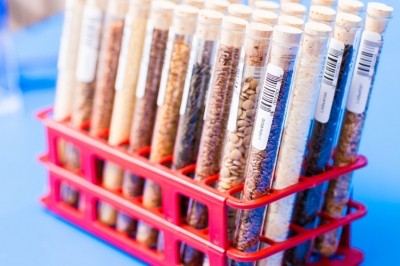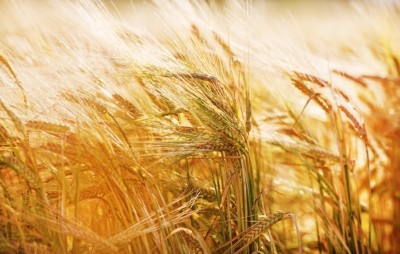Special Edition: Crop Science
Alfalfa research tracks dormancy to improve yield, nutritional value for feed
![An improved system for plant breeding and a better understanding of dormancy and how to manipulate it and other traits in alfalfa could improve yields. [pic (c) istock.com/Jevtic]](/var/wrbm_gb_food_pharma/storage/images/_aliases/wrbm_large/1/5/7/6/506751-1-eng-GB/Alfalfa-research-tracks-dormancy-to-improve-yield-nutritional-value-for-feed.jpg)
A UC Davis team is examining alfalfa modeling and dormancy to gain data to improve crop yield and nutritional components.
Charles Brummer, director of the center for plant breeding in the Department of Plant Sciences at UC Davis told us: “If you look at yield trends of alfalfa in the last 25 years they’ve been more or less flat. It’s hard to find evidence that the yield potential has increased, though there have been improvements in disease resistance.”
The work he is doing is about attempting to change that direction through offering an improved system for plant breeding and a better understanding of dormancy and how to manipulate it and other traits in alfalfa, he said.
Ongoing projects
One aspect of the project is finding ways to improve alfalfa breeding using genetic markers and predictive modeling, said Brummer.
The work uses an understanding of the traits linked to specific genetic markers in alfalfa to predict eventual plant yield, he said. Promising plants can be more quickly cross breed with other plant varieties to develop strains capable of producing better yields and with other beneficial traits.
“You can grow a seedling and predict the yield and, assuming your model is good, instead of waiting four or five years, you can make a selection in a couple of months,” he said. “In theory you can make more yield gain, quicker.”
Work on the project has already begun, and researchers are producing large amounts of seeds for the trial varieties, he said. The selected strains should be ready for test plantings in 2017.
A related piece of research looks at manipulating dormancy in alfalfa, said Brummer. Some strains of alfalfa have an inherent dormant cycle to protect the plant during winter, while other strains continue to grow all year.
The first step in the dormancy work is examining and possibly altering how dormancy is categorized, he said. The standard test requires a specific planting of trial varieties that bears little resemblance to the way alfalfa is usually grown.
“We’re comparing results from the standard test to what you get in production conditions,” he said.
The group planted five test locations in the spring, and is in the process of analyzing the results gathered, said Brummer. If the results demonstrate using a production model also gives reliable categories it will make future breeding work easier.
“You’re always testing materials to see if they have good yield under commercial tests, and if you could use that test to assign your dormancy value that would be better than having to grow a second trial to test for dormancy,” he said.
Moving forward
However, those experiments are part of a larger, multi-year project, said Brummer. That work looks to start breeding plant strains to alter periods of dormancy and track the genetic markers related to the plant’s dormant period.
Production could be improved in some areas if plants produced longer into the fall, he said. “Understanding dormancy has implications for the other traits,” he added.
Breeding strains to modify the dormancy period could be a way to add beneficial traits like improved nutrient value or hardiness, he said.
“Knowing where the genes are can give us a start on selecting [or] using markers in a breeding program, and hopefully with more grants, to identify what those genes are and what the mechanism of autumn dormancy is,” he said. “That would feed back into giving us ideas on how to manipulate dormancy.”









